1Department of Pediatrics, Yeungnam University College of Medicine, Daegu, Korea.
2Department of Pediatrics, Seoul National University College of Medicine, Seoul, Korea.
3Seoul National University Cancer Institute, Seoul, Korea.
4Department of Pediatrics, Chonnam National University Hwasun Hospital, Chonnam National University Medical School, Gwangju, Korea.
5Department of Pediatrics, College of Medicine, The Catholic University of Korea, Seoul, Korea.
6Department of Hematology, Seoul St. Mary's Hospital, College of Medicine, The Catholic University of Korea, Seoul, Korea.
7Department of Pediatrics, Pusan National University School of Medicines, Yangsan, Korea.
8Division of Pediatric Hematology/Oncology, Department of Pediatrics, Asan Medical Center Children's Hospital, University of Ulsan College of Medicine, Seoul, Korea.
9Department of Pediatrics, Samsung Medical Center, School of Medicine, Sungkyunkwan University, Seoul, Korea.
10Department of Pediatrics and Research Institute of Clinical Medicine of Jeonbuk National University-Jeonbuk National University Hospital, Jeonbuk National University Medical School, Jeonju, Korea.
11Department of Pediatrics, Daegu Fatima Hospital, Daegu, Korea.
12Department of Internal Medicine, Yeungnam University College of Medicine, Daegu, Korea.
13Division of Pediatric Hematology and Oncology, Department of Pediatrics, Yonsei University College of Medicine, Seoul, Korea.
14Department of Pediatrics, Keimyung University School of Medicine, Keimyung University Dongsan Medical Center, Daegu, Korea.
15Division of Hemato-oncology, Department of Internal Medicine, Keimyung University School of Medicine, Daegu, Korea.
16Department of Pediatrics, Chungnam National University College of Medicine, Daejeon, Korea.
17Department of Pediatrics, Gachon University Gil Medical Center, Incheon, Korea.
18Department of Pediatrics, Dong-A University College of Medicine, Busan, Korea.
19Department of Hematology, Dong-A University Hospital, Busan, Korea.
20Department of Pediatrics, Seoul National University Bundang Hospital, Seoul National University College of Medicine, Seongnam, Korea.
21Department of Pediatrics, Ajou University School of Medicine, Suwon, Korea.
22Center for Pediatric Oncology, Research Institute and Hospital, National Cancer Center, Goyang, Korea.
23Department of Pediatrics, Inha University Hospital, Incheon, Korea.
24Department of Pediatrics, Gyeongsang National University School of Medicine, Jinju, Korea.
25Department of Pediatrics, School of Medicine, University of Ulsan, Ulsan, Korea.
26Department of Pediatrics, Daegu Catholic University School of Medicine, Daegu, Korea.
27Department of Pediatrics, Chungbuk National University Hospital, Cheongju, Korea.
28Department of Pediatrics, Korea Cancer Center Hospital, Seoul, Korea.
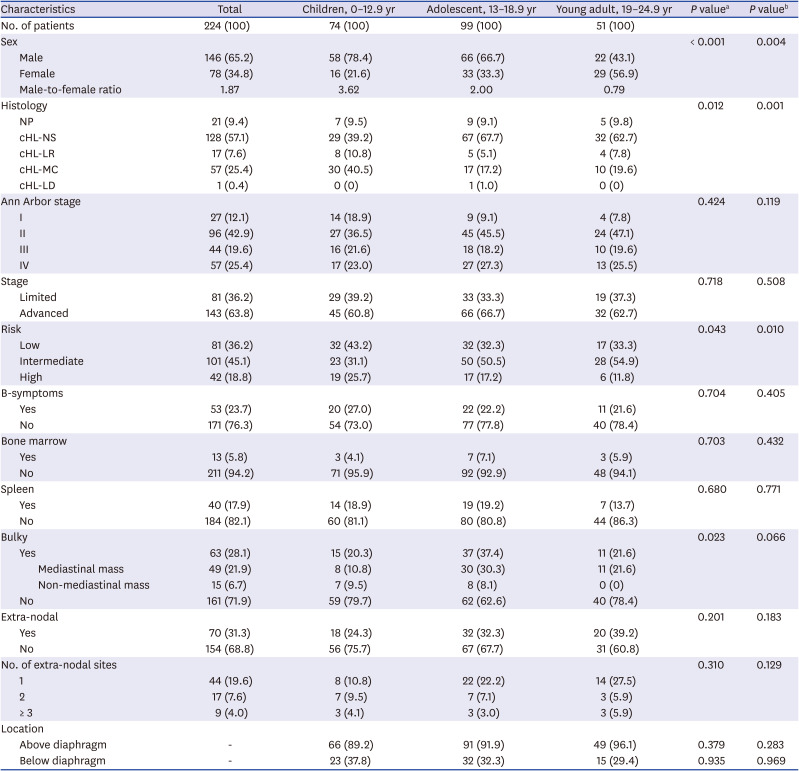
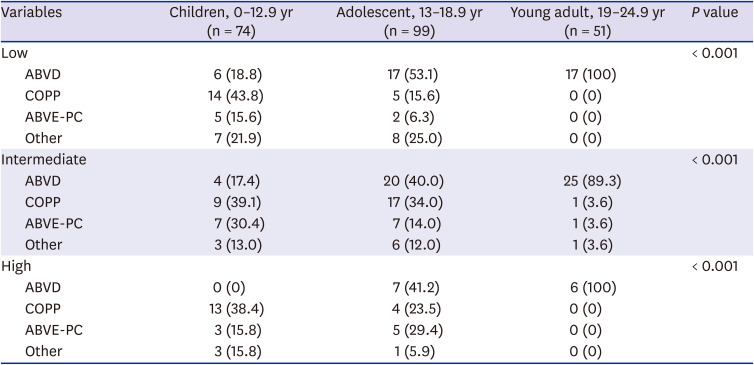
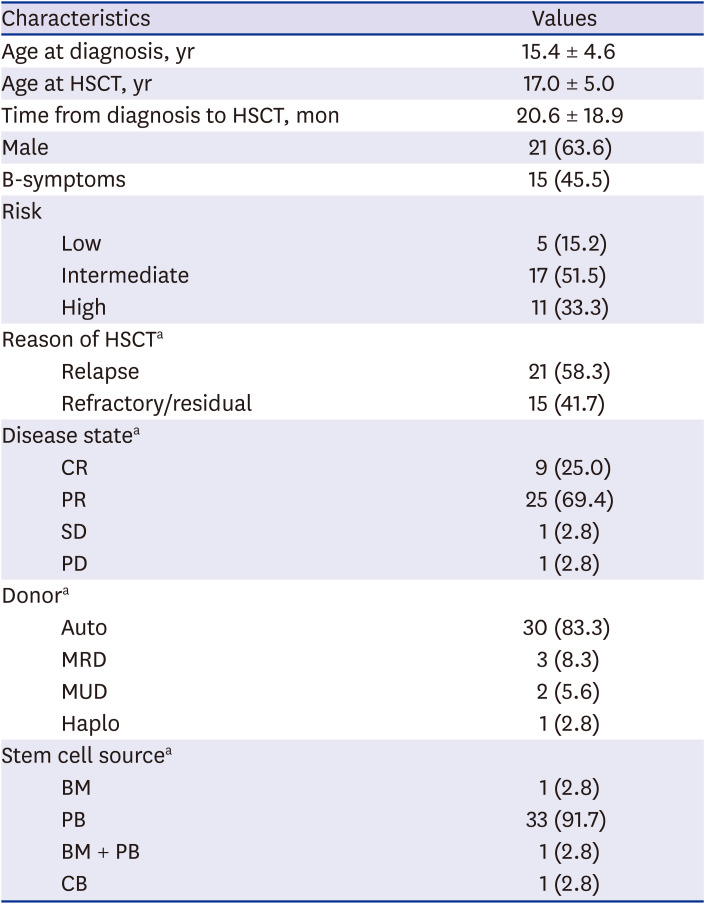
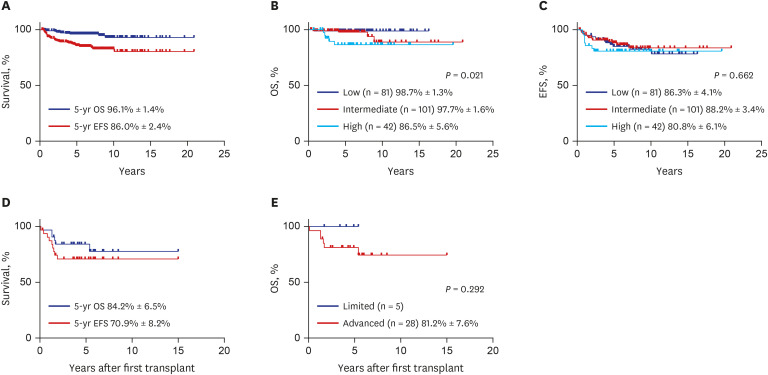
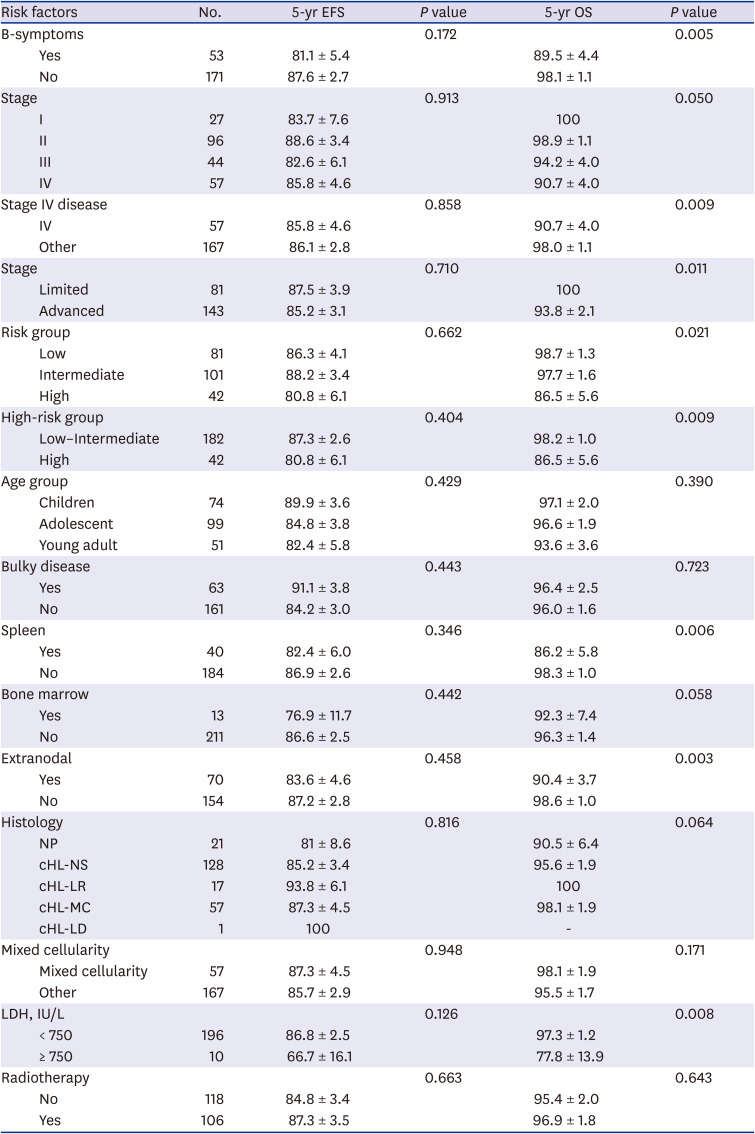







 PDF
PDF Citation
Citation Print
Print



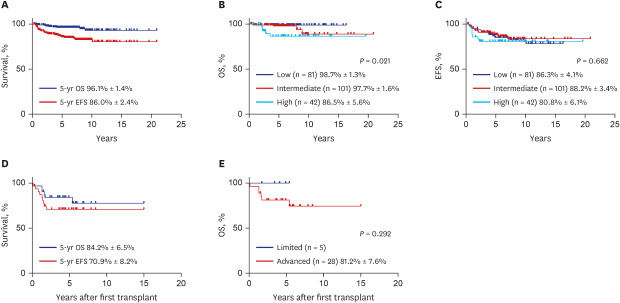
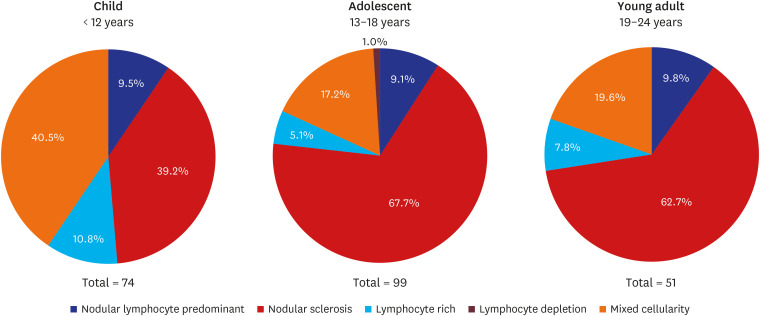

 XML Download
XML Download